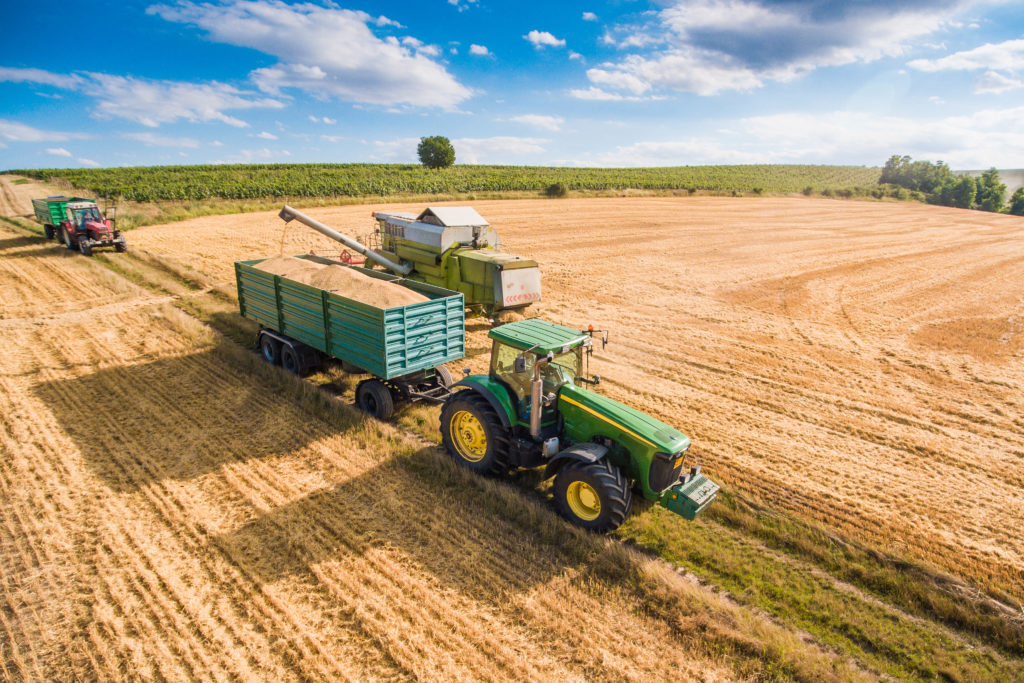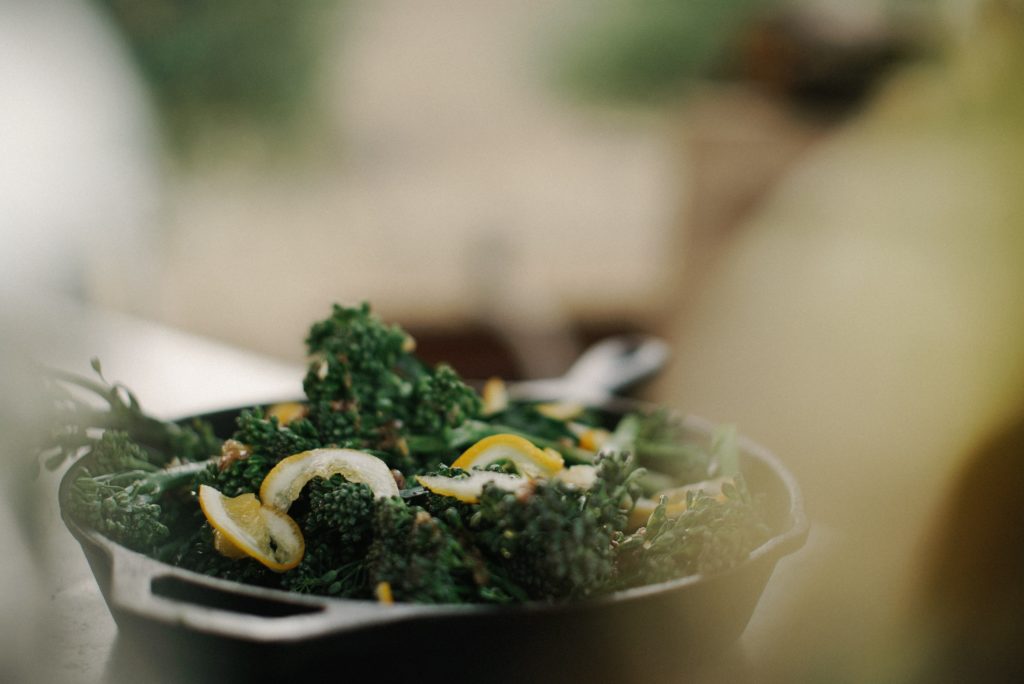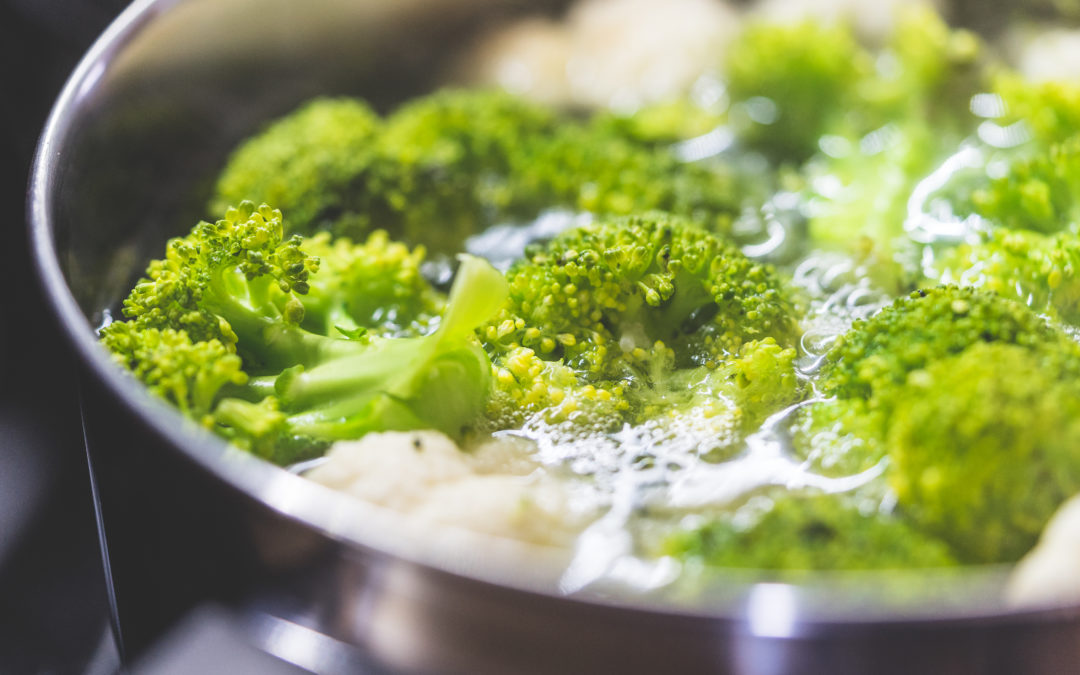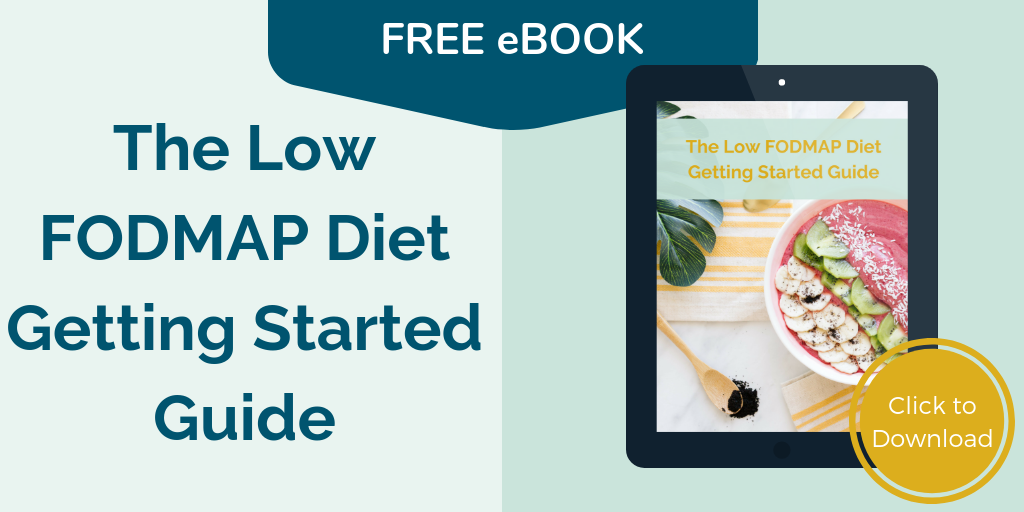FODMAPS in Broccoli and Broccolini
What’s the Difference Between Broccoli and Broccolini?
At first glance, the only difference between broccoli and broccolini is two little letters, but in the world of digestive health and FODMAPs, the differences between the two may be larger than you think! Recently, a team at Monash University led by two research dietitians Lyndal McNamara and Shirley Webber did some testing to figure out whether the FODMAP content of these two green veggies was as similar as their name.
The first step if you’re looking to improve irritable bowel syndrome (IBS) or another digestive disorder or disease, is to understand more about the Low FODMAP diet and if it can help. Download my free eBook to help you better understand this diet and get started implementing simple steps to get rid of symptoms like gas, bloating, pain, diarrhea or constipation related to IBS. Click here to get a copy emailed to you now.
What’s the Difference Between Broccoli and Broccolini?
Their names may be similar, and they might look alike, but broccoli and broccolini are actually quite different in many ways! We are all probably pretty familiar with broccoli — that flowery dark green vegetable with a lighter green thick stalk. Broccolini on the other hand, has much thinner and longer stalks that are darker green in colour. You will also notice a price difference, with broccolini being more expensive than broccoli. Both of broccoli and broccolini are high in vitamin C which is important for a healthy immune system, but did you know that they also contain omega 3s which are a healthy fat that helps reduce inflammation in the body! That’s right, it’s found in more than just salmon! That’s why it’s so important to have variety in your diet. The more different foods you are able to include in your diet, the more nutrients you will get!
Did you know that broccoli was first farmed in Italy 2,000 years ago? On the other hand, broccolini is a genetic combination of a North American broccoli and Chinese broccoli. This genetic crossing of the two plants first occurred in 1933.
Both broccoli and broccolini also fit into the same family of cruciferous vegetables. Cruciferous vegetables are a type of vegetable that can cause digestive symptoms in some people, especially gas. Cruciferous vegetables are sulphurous greens which have been shown in the past to cause stomach upset. However, in the study done at Monash University, the fructose content (another gaseous agent) was investigated to see if these vegetables were considered high FODMAP or low FODMAP ingredients. Therefore with these types of vegetables, it is also best to introduce them in moderation to understand which ones and in what quantities they may trigger our IBS symptoms.

FODMAPs in Broccoli and Broccolini: Is There a Difference?
So now that we know the difference between broccoli and broccolini, what does this mean for digestive health, IBS and FODMAPs? Here we go, make sure you read this next part carefully because it can get a little confusing! The FODMAP content is actually different for the florets and the stalks of each variety so make sure you keep them straight.
Broccoli florets are low FODMAP. However, broccoli stalks are high in FODMAP.
Broccolini is the complete opposite. Broccolini florets are high FODMAP, while the stalks are low FODMAP!
So to keep it short, if you’re eating low FODMAP to improve digestion, the safe parts are broccoli florets and only the stalks of broccolini.
Now, not only is that complicated to remember, but it can also be wasteful! Especially with that expensive broccolini where you wouldn’t be able to eat any of the tops! According to Monash University, when we look at eating the whole vegetable (florets and stalks) here are their recommendations:
Broccoli (whole vegetable): low FODMAP at 1 cup serving
Broccolini (whole vegetable): low FODMAP at ½ cup serving
FODMAPs in Broccoli and Broccolini: Why the Difference?
Now you may be wondering how the FODMAP content could be different in different parts of the same plant. I know, crazy right?
Well it turns out that with broccoli, the stalks contain excess fructose, so it is advised that you don’t eat broccoli stalks alone and instead eat them along with the low FODMAP florets to make the overall FODMAP content more tolerable while still getting all those important nutrients!
With broccolini it’s the opposite case. Same FODMAP – excess fructose – is found primarily in the florets instead of the stalks.
I know these little details can seem crazy, but that’s why it’s so important to check in with your Monash app as foods are tested and retested to get the most accurate information. There’s lots of research to support the low FODMAP diet for IBS, but it’s important to stay current with the research! A simple thing like assuming broccolini florets are safe because you saw the stalks were a green light could result in you spending the evening running back and forth to the bathroom. Nobody wants that!
When identifying your triggers, you want to make sure you are clear on what can lead to digestive upset. Fructose is a common trigger for those suffering from IBS, so if you are in the elimination phase of the low FODMAP diet, it’s probably best to avoid the high FODMAP parts of these vegetables all together. Remember, this phase of the diet only lasts a few weeks! Then you move into the challenge and reintroduction phases where you add foods back into your diet to find out what your individual triggers are. It’s possible that fructose doesn’t bother you, or you can tolerate a certain amount, but going over that amount can be a problem. This is the type of valuable information you will learn in the CLAIRITY program.

How to Cook with Broccoli and Broccolini on the Low FODMAP Diet
If you are following a recipe and find it calls for the high FODMAP portions of these two vegetables, the easiest thing you can do is just switch the portion. So if a recipe calls for broccoli stalks you can opt to use the florets instead. Or if a recipe calls for broccolini as a whole, you can always switch it for broccoli. You can always try out great low FODMAP recipe for cheesy broccoli turkey bake!
If you don’t want to waste the high FODMAP portions of the broccoli and you don’t have anyone at home who will eat them, you can always buy just the broccoli crowns in the store, or alternatively you could buy frozen broccoli florets since the stalks are mostly removed. If you have a garden, composting is always a good option too!
Broccoli and broccolini can be a safe low FODMAP option if you are eating for IBS, just be mindful of which parts of the vegetable you are eating. On top of their excess fructose content, remember that both are cruciferous vegetables that can be particularly bad for causing gas. So, even if the FODMAPs in broccoli and broccolini aren’t triggers for you, it could be the sulphur content of the veggies that’s getting you down. These options work for some people, but not for all, so it’s all about finding out what works for you and your body. Eating a wide variety of fruits and vegetables will help keep your serving sizes smaller which can help you avoid the buildup of FODMAPs while also helping you get all the nutrients and vitamins your body needs!
Wishing you much love & wellness,
Stephanie


